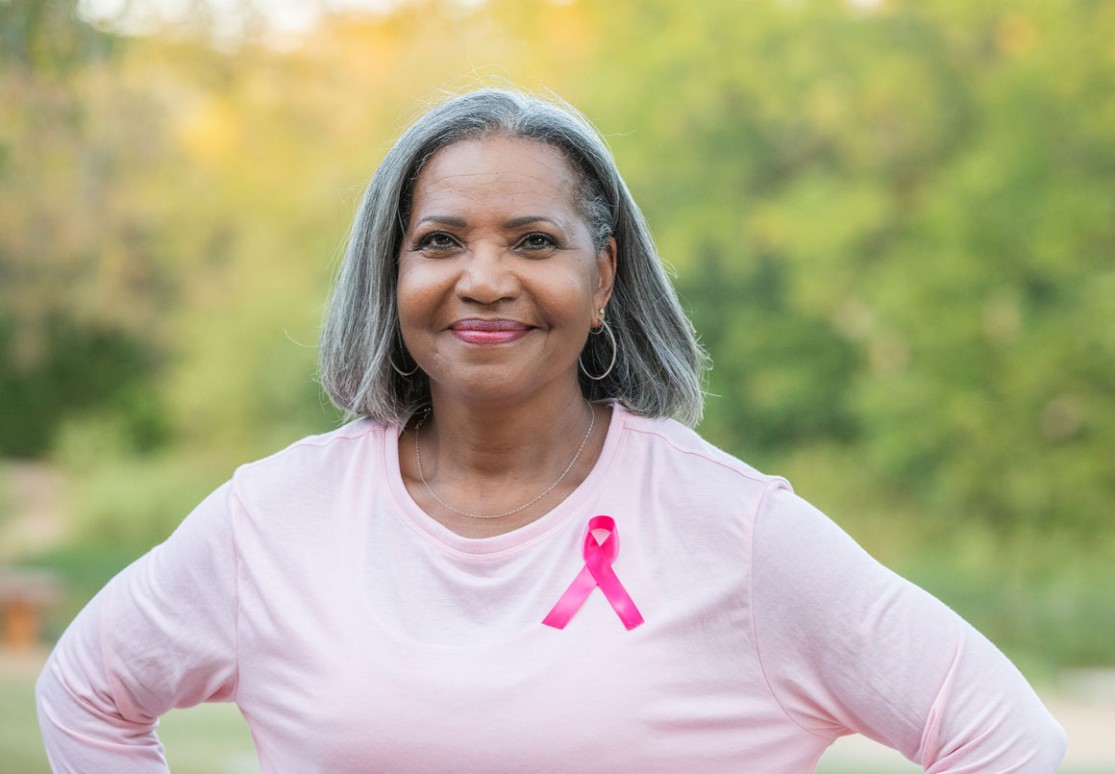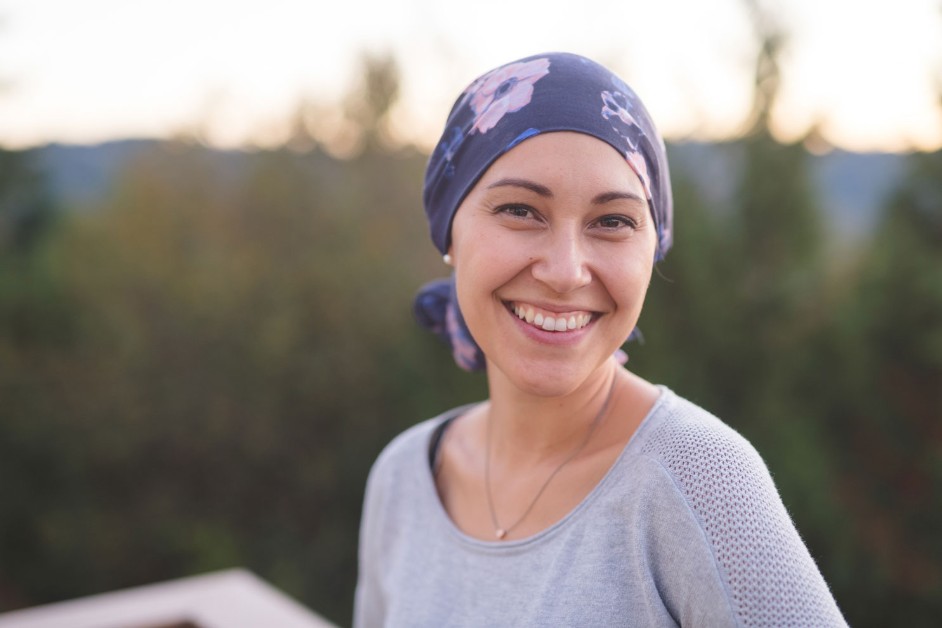Keep it fun and mix up your workouts
A new exercise program can feel challenging, especially if you didn't exercise before your diagnosis. Start slow and go at your own pace. Exercising for 20 minutes three times a week is an excellent place to start. Choose low-intensity workouts like walking, stretching, and balance exercises. Many patients feel that a daily walk improves their mental and physical well-being during treatment.
If this is your first time exercising, consider starting with daily living activities and gradually building up. Daily living activities, or DLAs, are things like folding laundry, climbing stairs or carrying groceries. As you get stronger, you can add more variety to your routine. When you mix up your workouts, you're working your whole body and keeping it interesting. This will help you stick with it and can even help you find positivity in your routine.
Before you start a new exercise program, speak with your cancer care team. That's especially important if you have heart or lung disease, weak bones, or balance issues. Also, check if any of the medicines you're taking will affect how active you can be. If you're working out with a trainer, make sure they know about your cancer diagnosis to determine the exercise that's right and safe for you.




